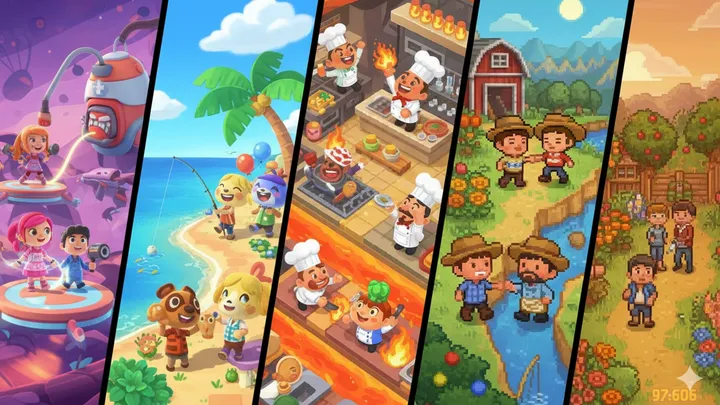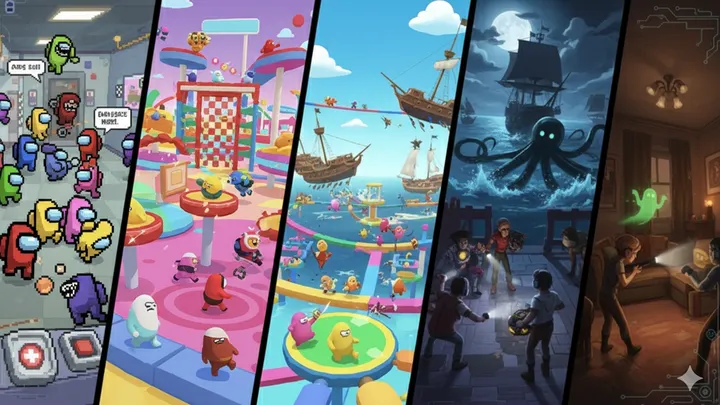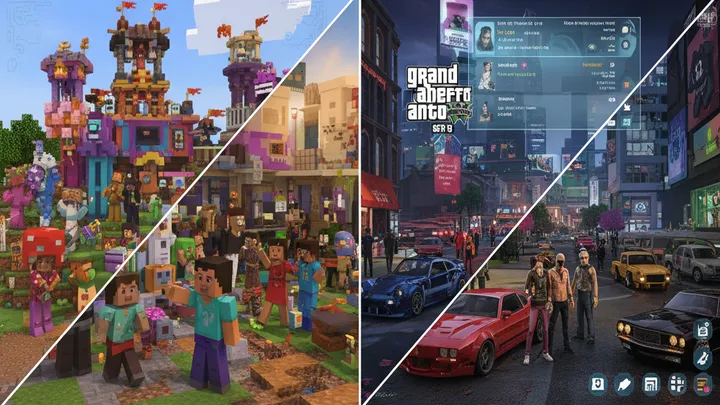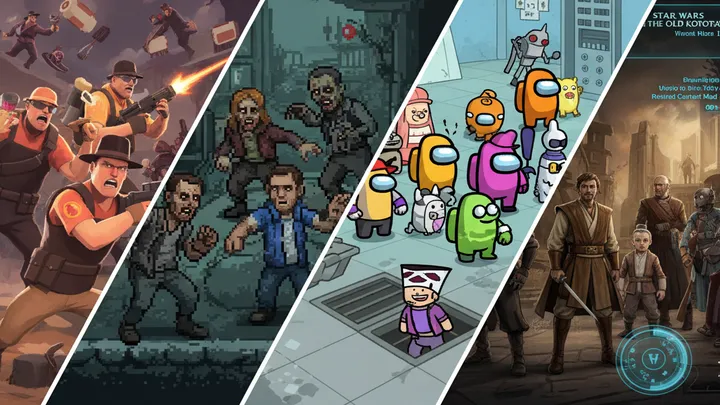War games have always been more than just entertainment. They are interactive narratives that allow players to engage with history, strategy, and teamwork in ways that books and films cannot. From fast-paced shooters to thoughtful real-time strategy titles, war games have evolved alongside gaming technology, reflecting not just advancements in design but also shifts in how audiences understand conflict.
In this article, we will dive deep into the top five war games that have left an undeniable mark on the genre. These are not just popular titles; they are benchmarks of innovation, immersion, and cultural influence. Each section will examine their gameplay mechanics, design philosophy, multiplayer dynamics, and the broader significance they hold within the gaming landscape.
Call of Duty: Modern Warfare (2019)
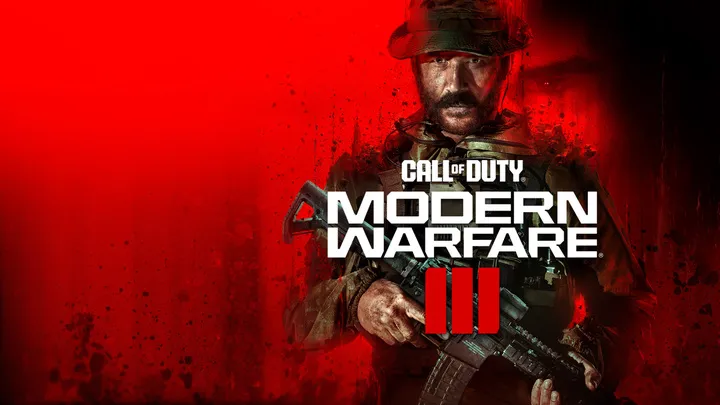
The reboot of Modern Warfare in 2019 was more than a continuation of the iconic franchise—it was a reimagining of what modern military shooters could achieve.
A Reimagined Narrative Approach
Unlike previous entries, this version leaned heavily into realism and moral ambiguity. Missions like Clean House placed players in intimate, claustrophobic environments where every decision mattered. It blurred the lines between heroism and horror, forcing players to confront the unsettling consequences of modern counterterrorism.
Gameplay Mechanics and Immersion
- Realistic Gunplay – Each weapon was finely tuned to reflect weight, recoil, and ballistics.
- Night Vision Missions – The use of advanced lighting systems gave stealth missions a cinematic, yet grounded, atmosphere.
- Campaign Design – Levels alternated between large-scale battles and intense, small-squad operations.
Multiplayer Redefined
Modern Warfare introduced:
- Ground War Mode – 64-player battles inspired by large-scale shooters like Battlefield.
- Crossplay – Breaking down barriers between platforms for the first time in the franchise.
- Warzone (later integration) – The free-to-play battle royale spinoff extended its longevity and popularity.
Cultural and Industry Impact
Modern Warfare reestablished Call of Duty as the dominant FPS franchise. It balanced the need for blockbuster cinematic storytelling with a renewed focus on tactical gameplay, bridging the gap between casual players and competitive esports communities.
Battlefield 1
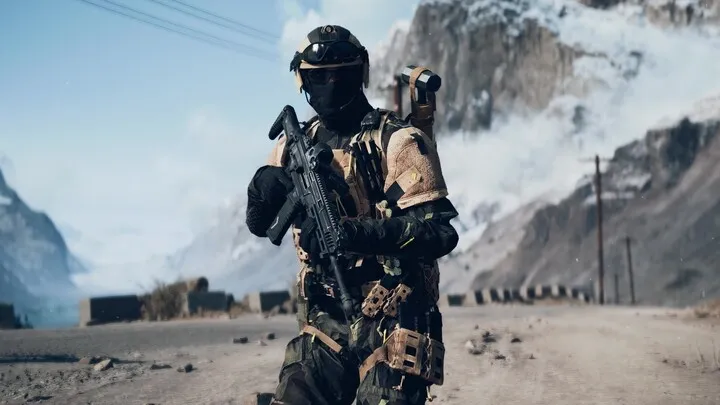
Released in 2016, Battlefield 1 broke expectations by revisiting World War I—a setting many believed too slow and outdated for modern shooters. Instead, it delivered one of the most immersive and dynamic experiences of the decade.
World War I Reimagined
DICE crafted an anthology-style campaign called War Stories. Rather than following one protagonist, players experienced multiple perspectives—an Italian soldier, a Bedouin rebel, a British pilot—each story shedding light on the human cost of war.
Core Gameplay Innovations
- Dynamic Destruction – Buildings, cover, and landscapes could be destroyed, changing the battlefield in real-time.
- Behemoths – Massive vehicles like zeppelins and armored trains could turn the tide of battle.
- Weaponry – A balance between period authenticity and playability kept the action engaging.
Multiplayer Excellence
Battlefield 1 shined in large-scale modes:
- Operations Mode – Multi-stage battles spanning multiple maps, simulating grand offensives.
- 64-Player Chaos – Infantry, cavalry, tanks, and planes converged in unpredictable clashes.
Lasting Influence
By proving that WWI could be both respectful and thrilling, Battlefield 1 set a precedent for future historical shooters. Its mix of spectacle and authenticity cemented it as one of the greatest entries in the series.
Company of Heroes 2
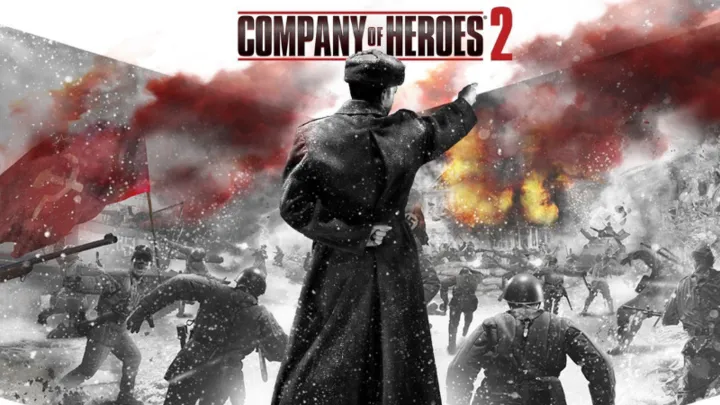
While shooters dominate the war genre, Company of Heroes 2 showcased the intellectual and strategic dimensions of war. Developed by Relic Entertainment, this RTS focused on the Eastern Front of World War II.
Strategic Gameplay Depth
- Cover System – Soldiers fought differently depending on terrain and positioning.
- Weather Conditions – Winter storms forced players to adapt strategies for survival.
- Resource Management – Players had to balance manpower, fuel, and munitions carefully.
Campaign and Storytelling
The campaign portrayed the harsh reality of the Soviet front, where both soldiers and civilians endured immense suffering. The narrative highlighted not only military triumphs but also the moral and ethical struggles of war.
Multiplayer and Longevity
Company of Heroes 2 offered a deep, competitive scene:
- Factions Diversity – Each army had unique units and playstyles.
- Community Maps and Mods – Extended the game’s life well beyond its release.
Historical and Cultural Value
By presenting the Eastern Front—a perspective less explored in Western media—Company of Heroes 2 educated players while entertaining them, making it a unique blend of authenticity and strategy.
War Thunder
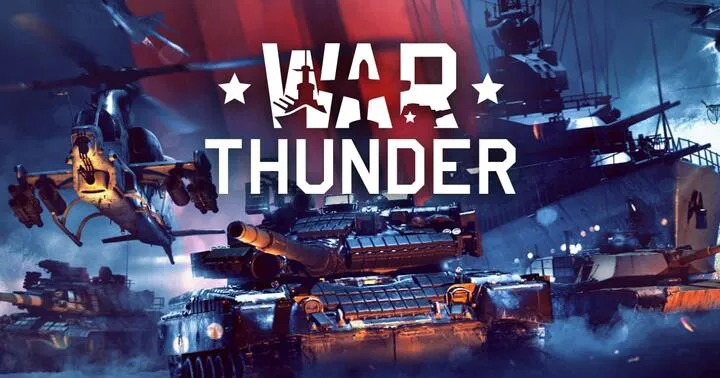
Unlike most games on this list, War Thunder is a free-to-play MMO that thrives on scale and realism. It unites air, land, and sea warfare into one interconnected battlefield.
Combined Arms Concept
- Aircraft Combat – From prop planes to modern jets, each aircraft is modeled with precise attention to detail.
- Tank Warfare – Players experience everything from early WWII armor to Cold War behemoths.
- Naval Battles – Destroyers, cruisers, and submarines expand the battlefield vertically and horizontally.
Realism Meets Accessibility
War Thunder balances realism with playability:
- Simulation Mode – Designed for hardcore enthusiasts who want authentic flight and tank physics.
- Arcade Mode – Simplified mechanics for casual players.
Ongoing Evolution
Gaijin Entertainment constantly updates the game with:
- New vehicles and tech trees.
- Seasonal events and challenges.
- Graphical improvements and VR support.
Community-Driven Longevity
War Thunder’s global community keeps the game thriving, with forums, tournaments, and fan-made content sustaining its momentum. Few games demonstrate the longevity of a live-service war title quite like this one.
Hell Let Loose
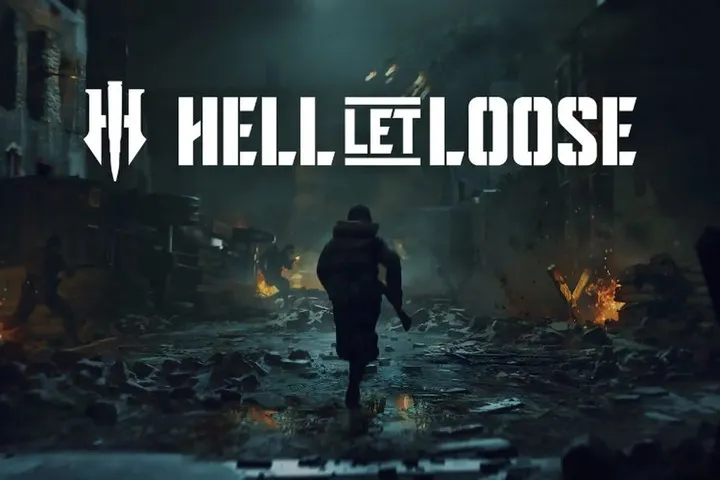
Hell Let Loose is the newest entry on this list, but it has already earned a reputation as one of the most immersive WWII simulations ever created.
Authentic Battlefield Experience
- 100-Player Matches – Each battle feels like a massive military operation.
- Role Specialization – Players choose from roles like medic, engineer, or commander, each vital to team success.
- Realistic Combat – No arcade mechanics—bullets are deadly, movement is deliberate, and communication is essential.
Emphasis on Teamwork
Success in Hell Let Loose depends on coordination:
- Command Structure – Squads answer to officers, who answer to a commander.
- Logistics Gameplay – Building defenses, managing supplies, and capturing objectives are as important as kills.
Growing Popularity
Since its launch, Hell Let Loose has developed a passionate community. It appeals to players who value immersion and authenticity over instant gratification.
Cultural Significance
By prioritizing teamwork and realism, Hell Let Loose has carved a niche in the crowded shooter market. It offers a raw depiction of war that contrasts sharply with blockbuster titles.
Conclusion
War games come in many forms—cinematic shooters, large-scale historical epics, tactical strategy titles, and realistic simulations. The top five war games highlighted here—Call of Duty: Modern Warfare, Battlefield 1, Company of Heroes 2, War Thunder, and Hell Let Loose—represent the diversity of the genre.
- Modern Warfare showed how narrative and realism could coexist in a blockbuster.
- Battlefield 1 proved history could be spectacular.
- Company of Heroes 2 emphasized strategy and survival.
- War Thunder demonstrated the potential of live-service combined-arms warfare.
- Hell Let Loose pushed authenticity and teamwork to new heights.
Together, these games show why war remains such a compelling subject for developers and players alike. They don’t just simulate conflict—they immerse us in its human, tactical, and cultural dimensions.









